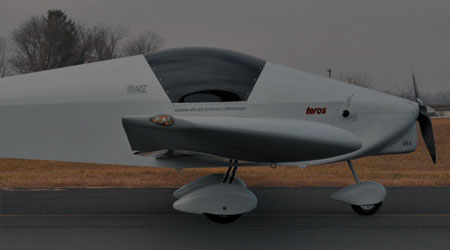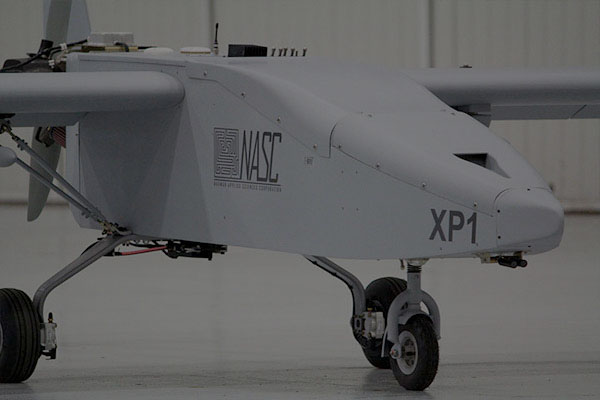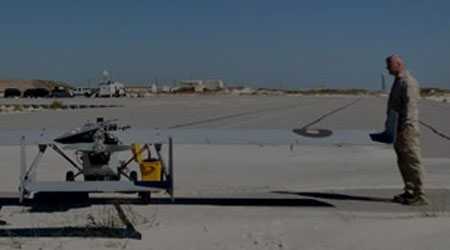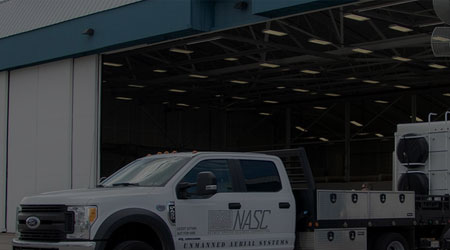
UAS Flight Training
UAS Flight Training
UAS Training
As a full service and support UAS provider, NASC understands emergent requirements and provides rapid response in tailoring training programs to support all types of deployments and applications. We are leaders in training our UAV operators for Intelligence, Surveillance, and Reconnaissance at locations worldwide. Classroom and flight instruction is available at multiple locations.
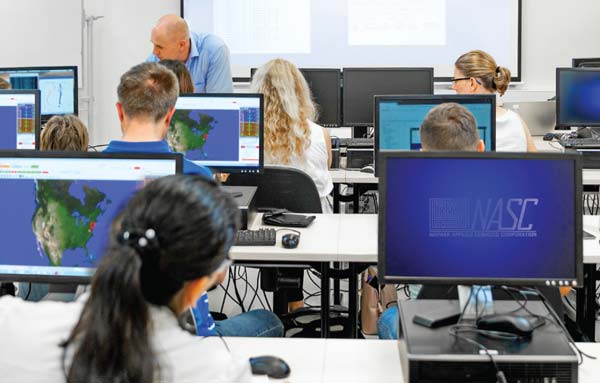
UAS Training
As a full service and support UAS provider, NASC understands emergent requirements and provides rapid response in tailoring training programs to support all types of deployments and applications. We are leaders in training our UAV operators for Intelligence, Surveillance, and Reconnaissance at locations worldwide. Classroom and flight instruction is available at multiple locations.

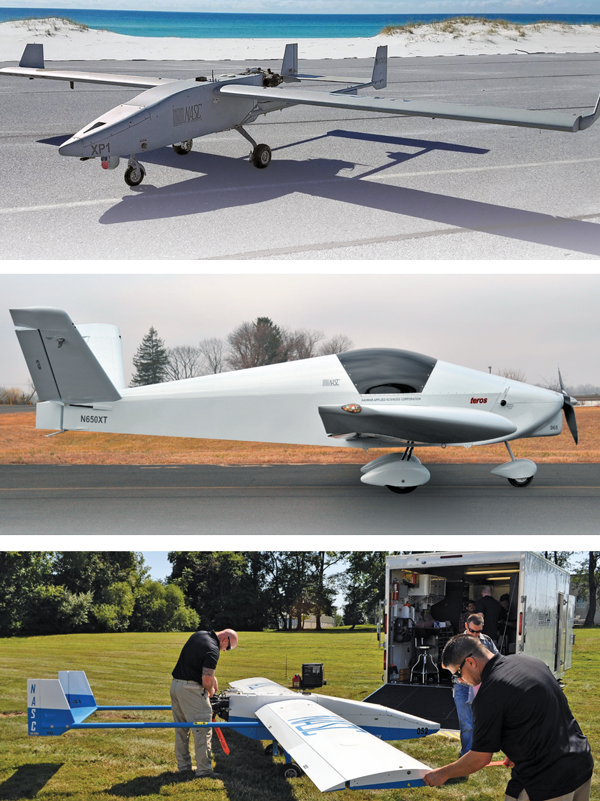
PLATFORMS
NASC instructors offer UAS flight experience and expertise with multiple UAV platforms in both civilian applications as well as military deployments. This invaluable real-world experience provides students with a unique perspective into the requisite skills needed to become qualified UAS flight personnel.
NASC most commonly utilizes the following Unmanned Aerial Vehicles during flight training:
AIRCRAFT
- NASC TigerShark-XP™ UAS
- Group 3 UAS
- 21′ 9″ wingspan / 14′ 3″ long
- 515 lbs. MTOW/ 95 lbs. payload weight
- 12 hr. Endurance
- Deployed to Iraq and Afghanistan
- NASC Teros™ UAS
- Group 4 UAS
- 46′ wingspan
- 20′ long
- 1800 lbs. MTOW
- 500 lbs. payload weight
- 23 hr. Endurance
VTOL AIRCRAFT
- L3/Latitude HQ Series
- Group 2 and 3 UAS
- 40 – 100 lbs.
UAS Flight Instruction
Serving a wide range of UAS applications, our instructors have provided OEM certified training to Pilots, Mission Commanders, Payload Operators, and Technicians. Many NASC instructors have manned aircraft certificates and commercial pilot SEL and MEL with instrument ratings. All NASC instructors have a FAA Part 107 and ground test certification. UAV Courses range from basic aerodynamics and flight theory to advanced mission planning and tactical operations.
Overall, students can expect instruction based on approved military manned aviation training. In these structured courses, each lesson is preceded by a discussion of Learning Outcome Expectations. Our goal is to ensure that students “Show up for the mission ready to go” thereby minimizing their on-site learning curve.
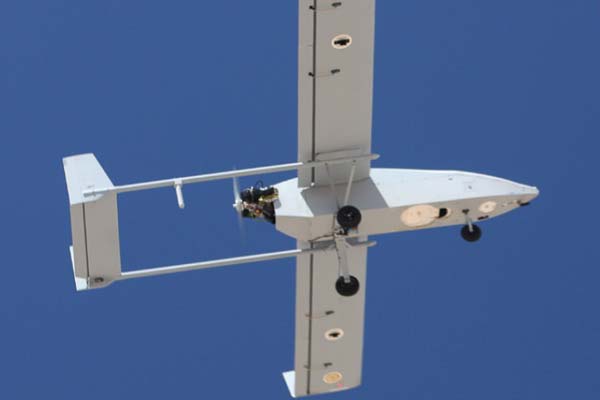
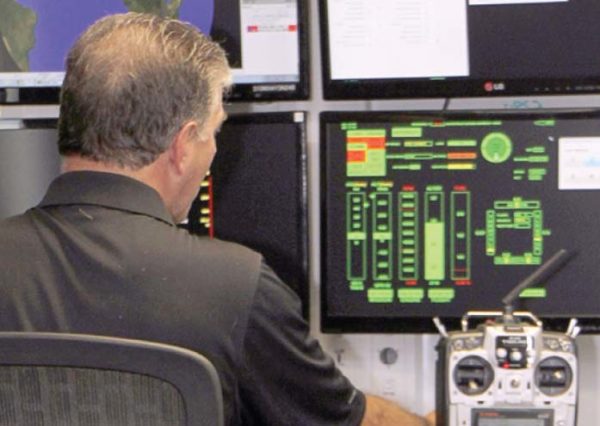
UAS Ground School Training
The first phase of UAS flight instruction is Ground School Training. In this portion of the training, Students will learn the following:
- History and Development
- UAS Systems
- Mission Planning
- Preflight/Postflight Inspection
- Weight and Balance
- Software
- Systems Logic
- Components
- Logbooks
Basic UAS Flight Training
Basic UAS flight instruction encompasses both classroom and actual training in the following disciplines:
- Checklists
- Ground Maneuvers
- Taxi
- High Speed Taxi
- Aborts
- Touch and Go
- Manual Control
- Airborne Maneuvers
- Low Approaches
- Takeoffs
- Full Stop Landings
- Autonomous Takeoff and Landing (ATOL)
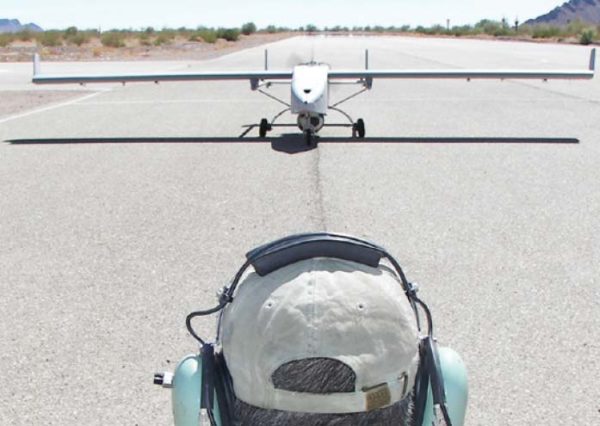
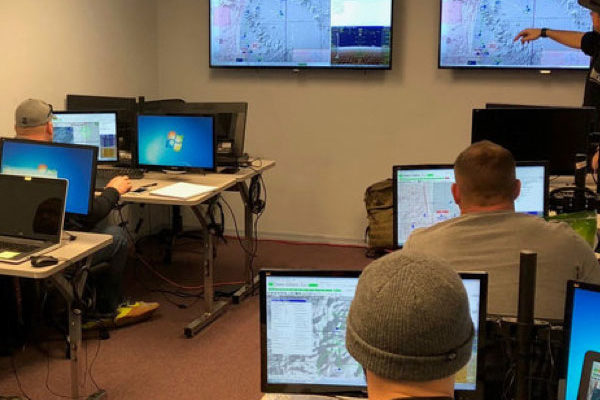
Advanced Training
Advanced UAS Flight Training includes the following areas of instruction:
- Complex Systems and Payloads
- Beyond Visual Line of Sight Operations (BVLOS)
- Multi-Aircraft Operations
- Vertical Takeoff and Landing (VTOL)
- Integration into the NAS

